Scăderea temperaturilor în timpul anotimpului rece afecteaza atât lemnul, cât și materialele folosite pentru lipirea sau finisarea lui. Materialele sunt făcute să funcționeze perfect într-un anumit interval de temperatură, iar ieșirea dintre limitele intervalului influențează comportamentul și scade calitățile produsului finit. Lemnul este influențat și el de temperatura scăzută, comportamentul fiind diferit față de cel de la 18-20°C, intervalul recomandat pentru spațiul de lucru. Despre comportamentul materialelor de finisare în timpul iernii am vorbit here. De data aceasta, adezivii pentru lemn și comportamentul lor în anotimpul rece sunt subiectul.
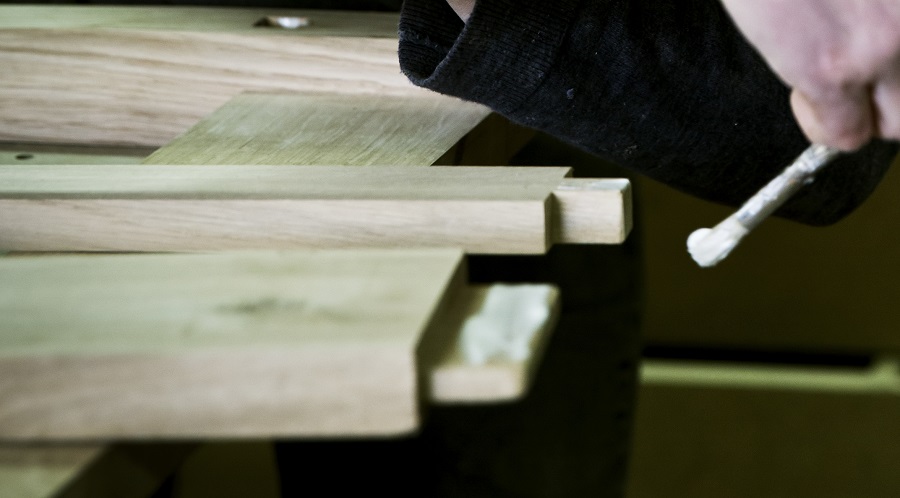
Natura adezivului și limitele sale
O primă clasificare a adezivilor pentru lemn poate fi făcută după natura solventului rășinii și din acest punct de vedere se împart în adezivi hidrodiluabili sau pe bază de apă și adezivi pe bază de solvenți organici. După natura lor chimică, adezivii folosiți în industria lemnului pot fi polivinilici, poliuretanici, epoxidici, cianacrilați, ureici, ureo-formaldehidici, melamino-formadehidici, rezorcinici, etc. Ultimile 3 categorii din această înșiruire sunt adezivi folosiți la obținerea PAL-ului, MDF-ului, OSB-ului și a altor panouri derivate din lemn. Sunt utilizați pe instalații industriale de capacitate mare unde parametrii de lucru sunt riguros controlați, așa că nu comportamentul lor în apropierea temperaturii de 0°C ne interesează. Ceilalți însă sunt folosiți frecvent pentru încleierea lemnului în fabrici și ateliere, acolo unde uneori temperatura poate ajunge la limita înghețului.
Adezivii pe bază de apă sunt afectați de scăderea temperaturii pentru că apa, la 0°C, îngheață. Pentru lemn, cei mai folosiți adezivi pe bază de apă sunt cei polivinilici, sau aracite type. În trecut erau folosiți adezivii ureici (urelit), dar din cauza garanției scăzute a adezivului gata de utilizare sau a preparării dificile, au fost înlocuiți treptat cu araceți, ureliții rămânând în industria panourilor, acolo unde prepararea este automatizată și comportamentul controlat. Araceții sunt dispersii apoase de poliacetat de vinil. Grupările reactive care determină lipirea plutesc în apă, iar când apa este îndepărtată, reacționează între ele. Dacă temperatrura este foarte scăzută, apa îngheață treptat, grupările se apropie și reacționează între ele, adezivul întărindu-se încă din bidon. De aceea și temperatura de depozitare și transport, nu doar cea din hală, trebuie să fie peste min.5°C pentru a fi siguri că adezivul nu este afectat.
Există și variante de adezivi tip aracet care rezistă la cicluri repetate îngheț-dezgheț. Un astfel de adeziv este TISZABOND D3D 3010, distributed by the company Szolvegy de la Tîrgu Mureș. Adezivul rezista la temperaturi de -20°C, iar dupa dezghețare poate fi folosit. După un astfel de ciclu este posibil ca viscozitatea adezivului să crească. Se recomandă amestecarea în bidon până ce devine din nou fluid. Trebuie să fiți atenți însă că nici astfel de adezivi cu proprietăți speciale nu rezistă la mai mult de 3-4 de cicluri îngheț-dezgheț. Dacă după amestecare nu redevine fluid, adezivul este total compromis și nu mai poate fi folosit.
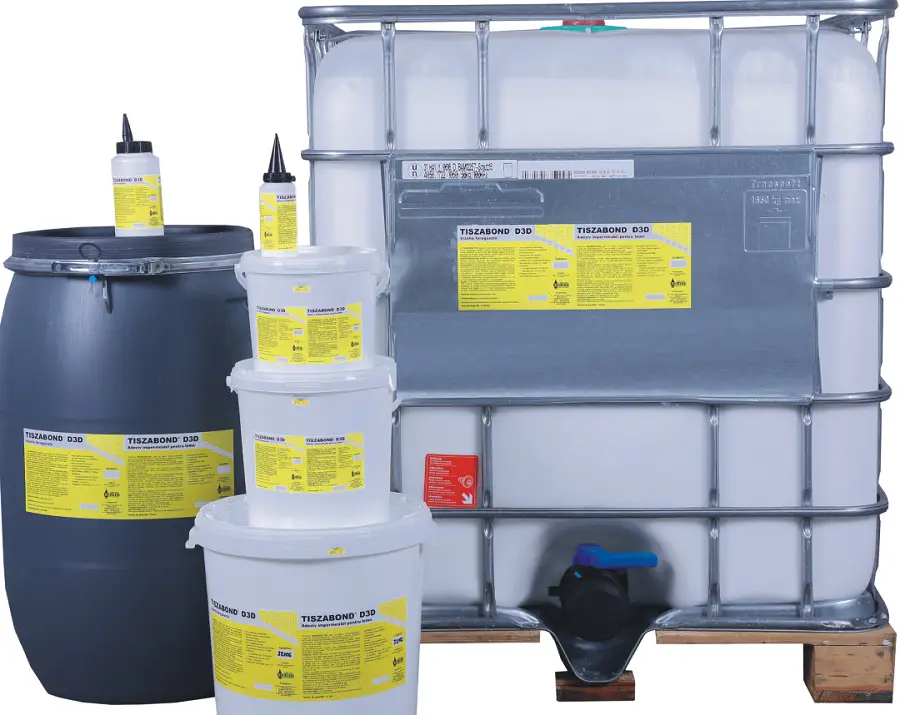
Adezivii pe bază de solvent, cum sunt cei polyurethane, nu sunt afectați direct de scăderea temperaturii, adică nu îngheață. Comportamentul lor în momentul lipirii însă este afectat de temperatura scăzută. Întărirea adezivilor poliuretanici, epoxidici sau a altora similari are loc în urma unei reacții chimice. Este cunoscut faptul că toate recțiile chimice se desfășoară mai repede la temperaturi ridicate, viteza lor scăzând odată cu temperatura. Sunt specialiști care spun chiar că viteza de reacție se poate dubla dacă temperatura crește cu 10-15°C, dar n-am găsit studii care să certifice acest lucru. Este admis însă faptul că reacțiile se desfășoară mai bine la temperaturi ridicate. Temperatura scăzută poate duce la creșterea timpului de lucru sau la reacții incomplete și lipiri de slabă calitate.
În momentul lipirii, temperatura adezivului, a lemnului și a mediul ambiant trebuie să fie asemănătoare
În procesul de lipire nu este importantă doar temperatura exterioară sau cea din mediul de lucru. Temperatura adezivului și a lemnului în momentul lipirii sunt la fel de importante. Un lemn venit direct din depozit sau care a stat peste noapte într-un atelier neîncălzit nu poate fi supus imediat lipirii. Trebuie lăsat să se aclimatizeze și să ajungă la temeratura recomandată de producător pentru o lipire de calitate, de peste 10°C. Un fenomen care se întâmplă în iernile geroase este scăderea umidității din aer. Ca urmare, o parte din apa din lemn va ieși, umiditatea lemnului scăzând. Dacă nu este lăsat să se adapteze mediului, lemnul va absorbi adezivul pe bază de apă în interior, reducând cantitatea rămasă în zona de contact. Rezultă lipiri slabe care cedează ușor.
Adezivii trebuie lăsați și ei să ajungă la temperatura din hală sau din atelier înainte de a face lipirea. Chiar si adezivii cu catalizare sau cei pe bază de solvent, unde se consideră că pot reacționa și la temperaturi scăzute. O reacție chimică are nevoie de energie activă. Sub o anumită temperatură, această energie activă scade foarte mult și reacția încetinește, tinzând să se oprească. Știu, sunt adezivi care reacționează oricând și lipesc orice, dar aici vorbim de adezivi profesionali pentru lemn, cei folosiți frecvent în fabrici și ateliere, nu pentru un proiect de bricolaj.
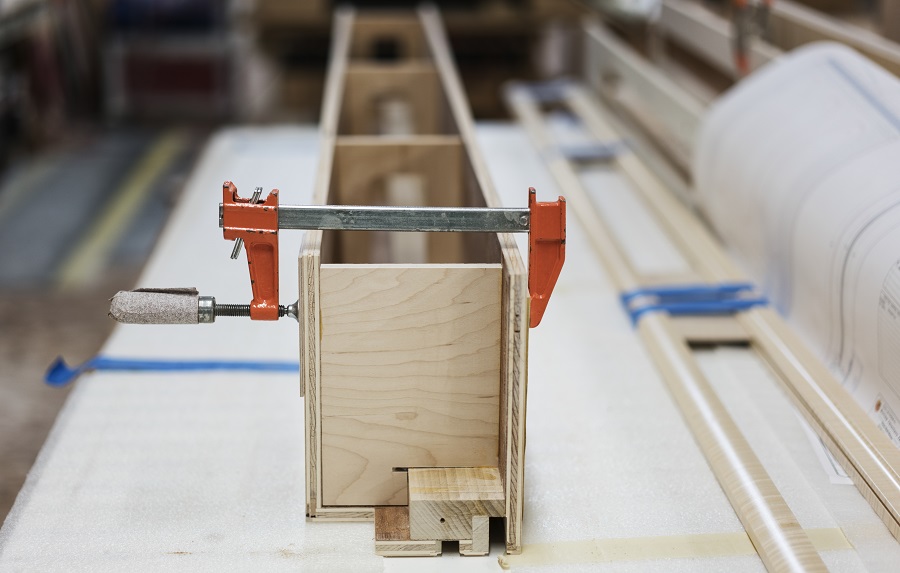
Minimum film forming temperature
Sunt situații când temperatura din hala de lucru sau din atelier nu poate crește foarte mult în zilele reci de iarnă. Sunt județe în țară – Brașov, Harghita, Covasna, Suceava – unde temperatura exterioară ajunge și la -30°C. În aceste condiții este greu să asiguri o temeratură decentă, mai ales în zonele de depozitare. Dacă nu aveți condiții este bine să evitați pe cât posibil formarea de stocuri în depozite și să comandați doar cantitatea de adeziv ce poate fi ținută în hală, în condiții de siguranță. Și să vă asigurați că transportul adezivilor se face cu mașini climatizate.
Când temperatura este foarte scăzută, trebuie totuși asigurată cel puțin o temperatură minimă de lucru pentru a nu avea probleme de încleiere. În cazul araceților aceasta este temperatura minimă de formare a peliculei TMFP. Ea este în jur de 5°C pentru marea lor majoritate. Există însă și variante, folosite mai ales de cei care lucrează în construcții, pentru care TMPF coboară la 0°C. Nu de puține ori muncitorii sunt nevoiți iarna să îndepărteze zăpada de pe lemn înainte de a face lipirea. Adezivul TISZABOND D3 WINTER este formulat pentru a lucra în astfel de condiții. Are aderența umedă îmbunătățită, TMFP este de 0°C și rezistență crescută la îngheț, ceea ce asigură lipiri de calitate și pe timp de iarna.
Dacă trebuie, produse care să lucreze și în condiții extreme pot fi găsite. Este bine însă ca acest mod de lucru să nu fie o constantă ci doar întâmplări din cauza temeraturilor exterioare extreme. Lucruri de calitate se obțin când condițiile de lucru sunt bune, iar temperatura în hală depășește iarna 15°C. În tot acest proces sunt implicați și operatori care lucrează greu la temperaturi sub 10°C. Pentru a păstra calitatea produselor asigurați condiții bune și la depozitare și transport, nu doar în hală. Legat de produsele TISZABOND, Szolvegy asigură transportul cu mașini climatizate, astfel încât adezivul are la livrare între 12 și 14°C.
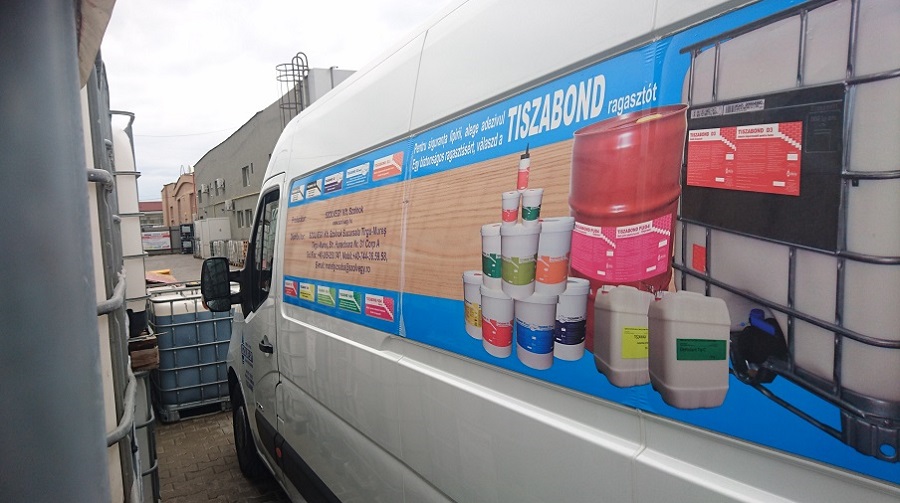














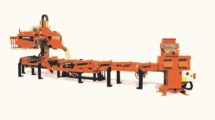
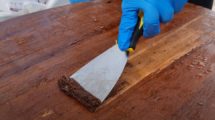

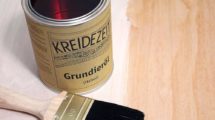





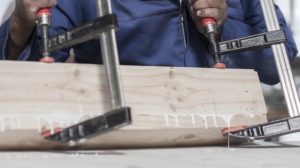
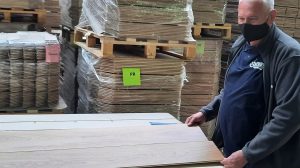





Add comment